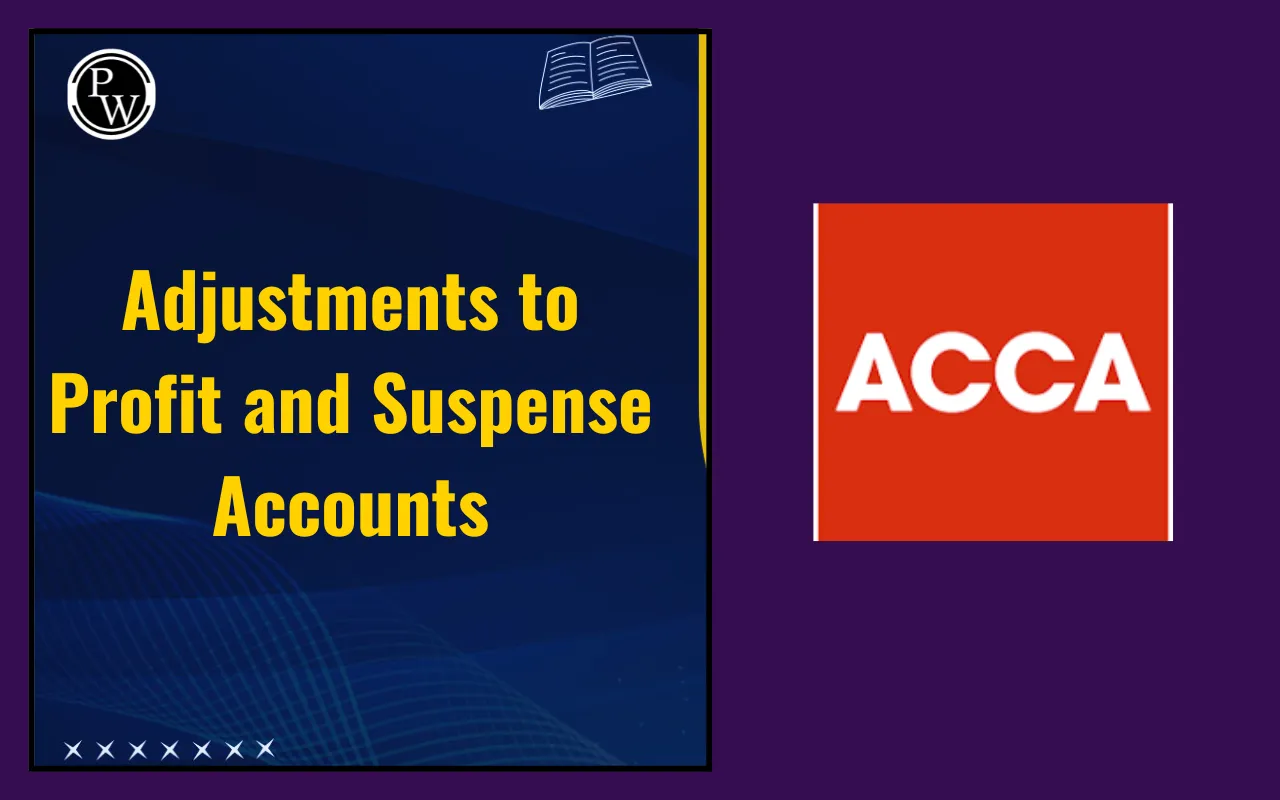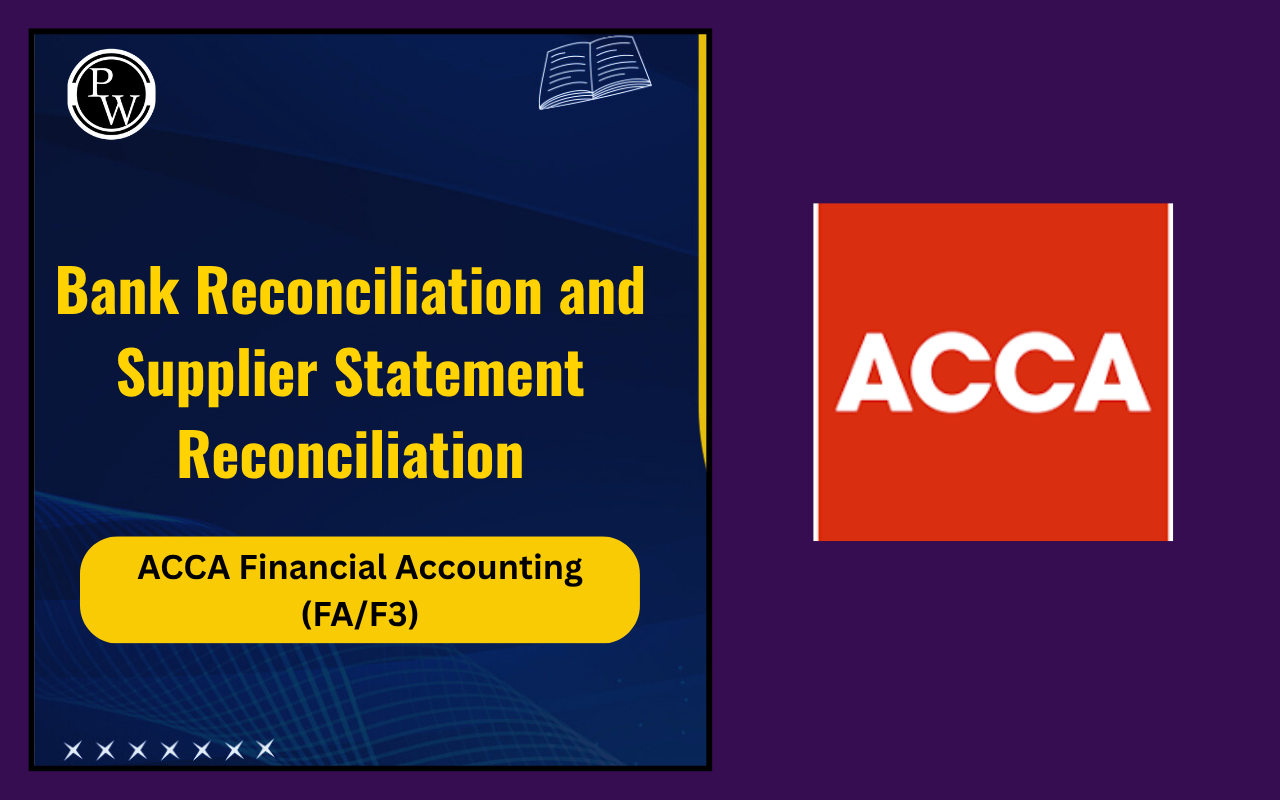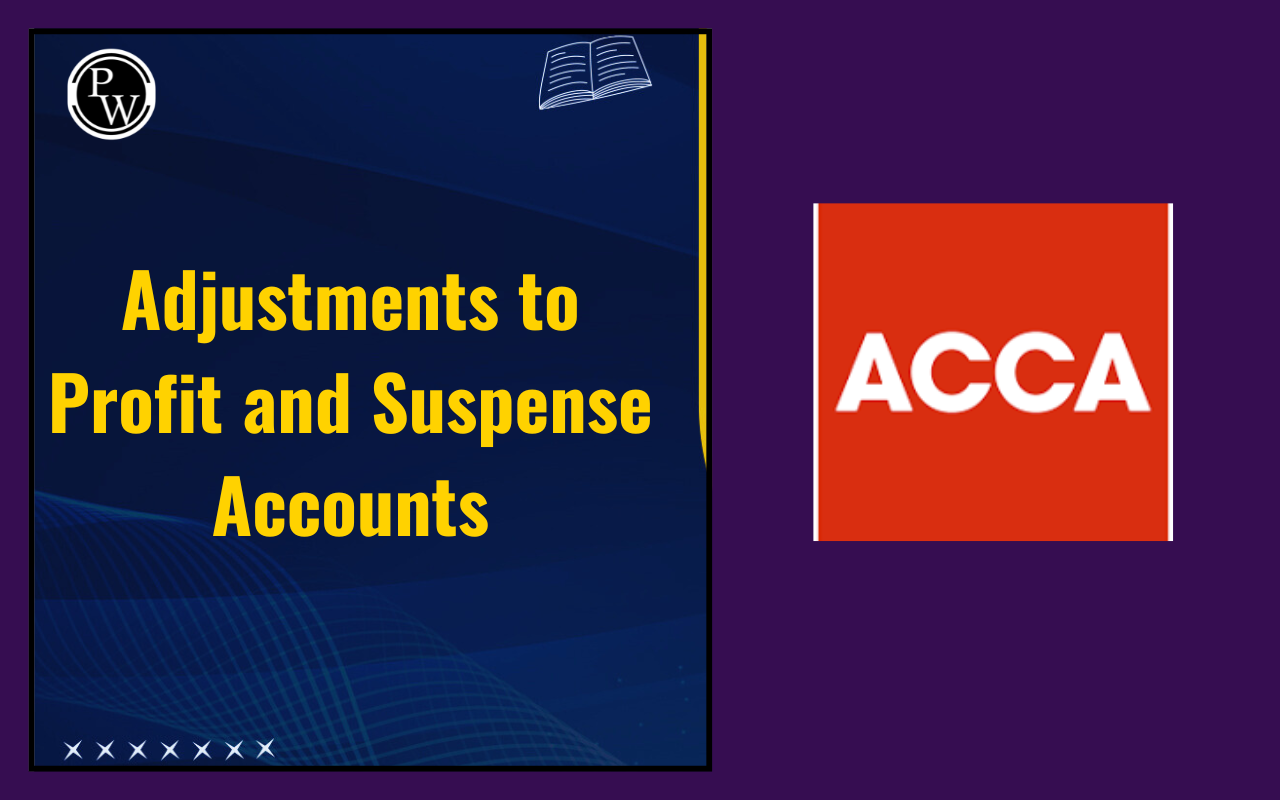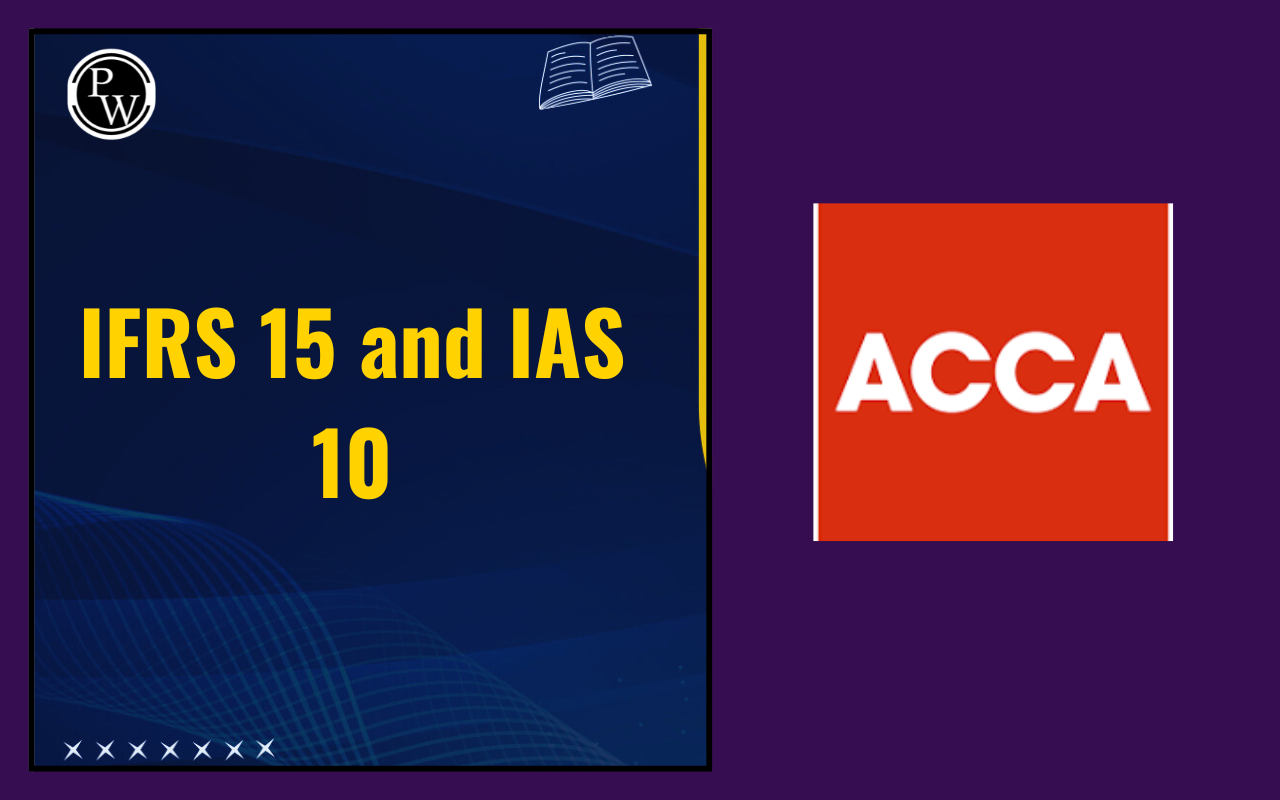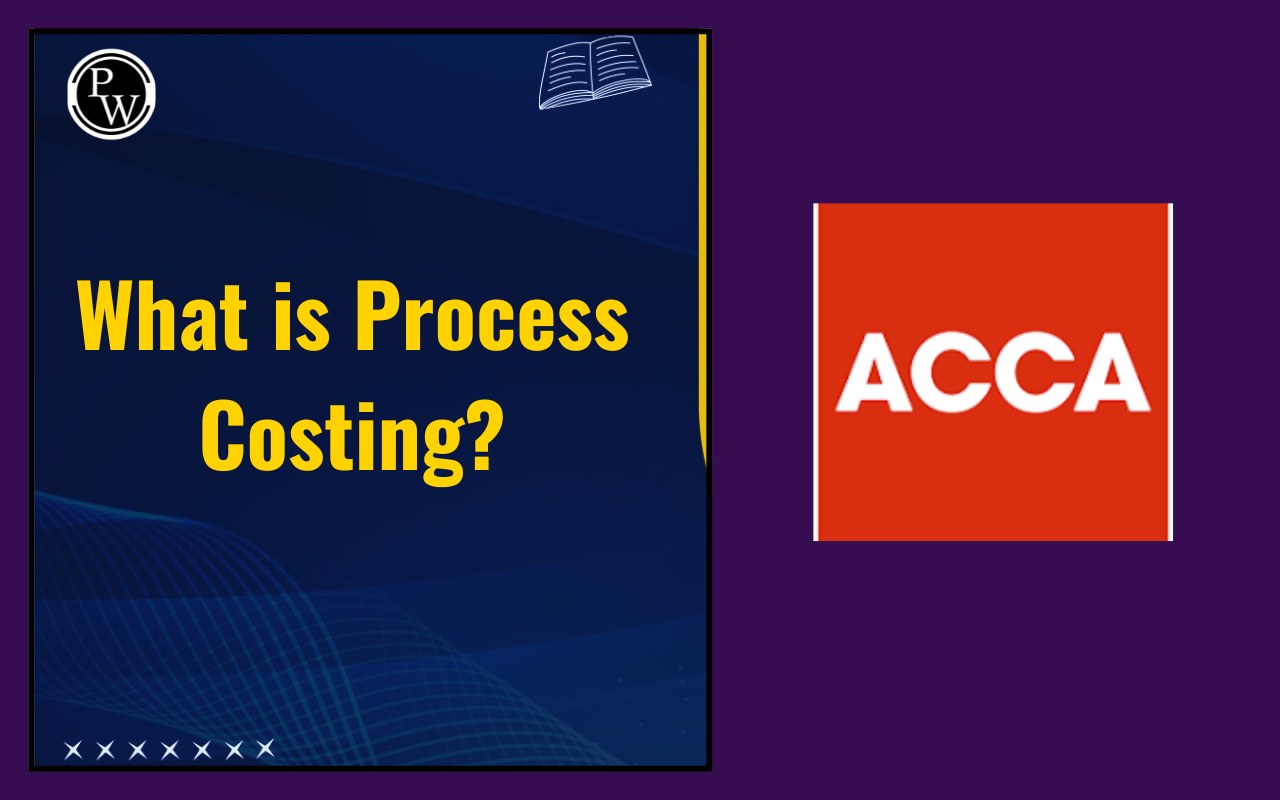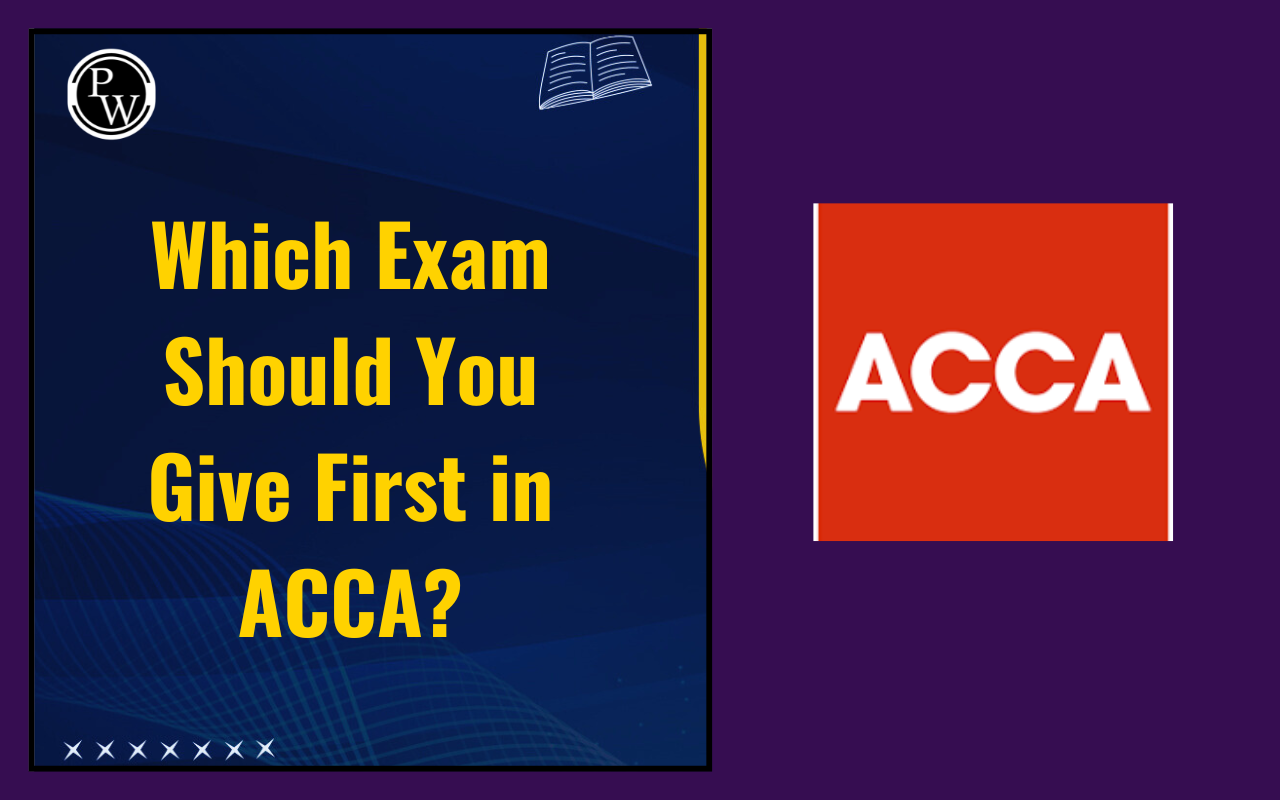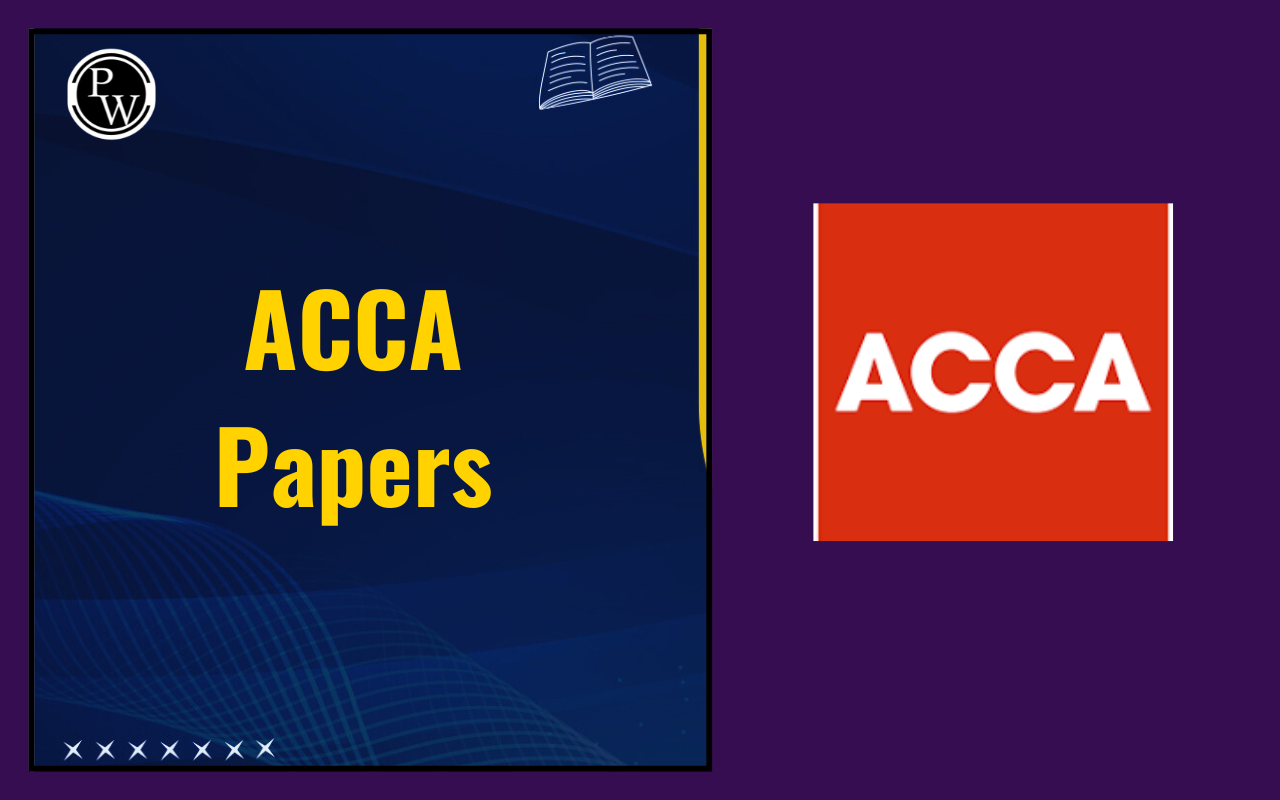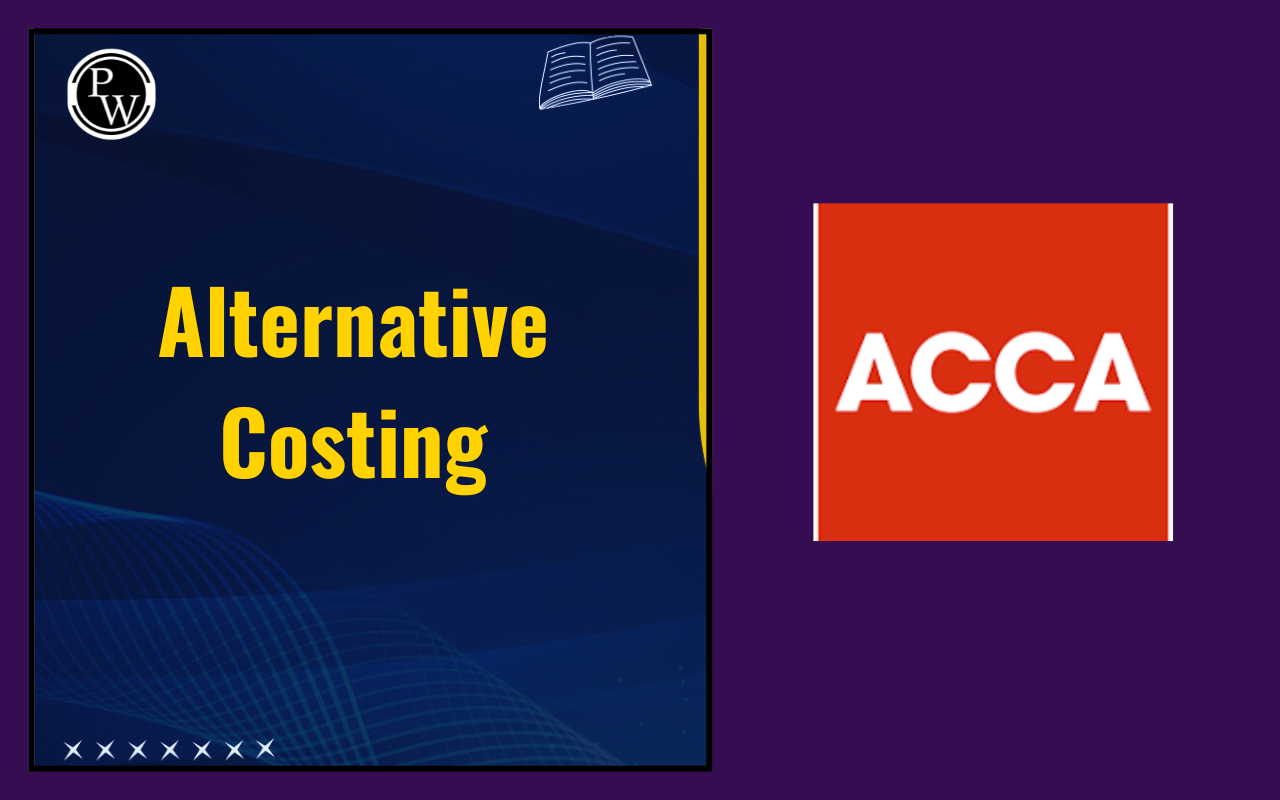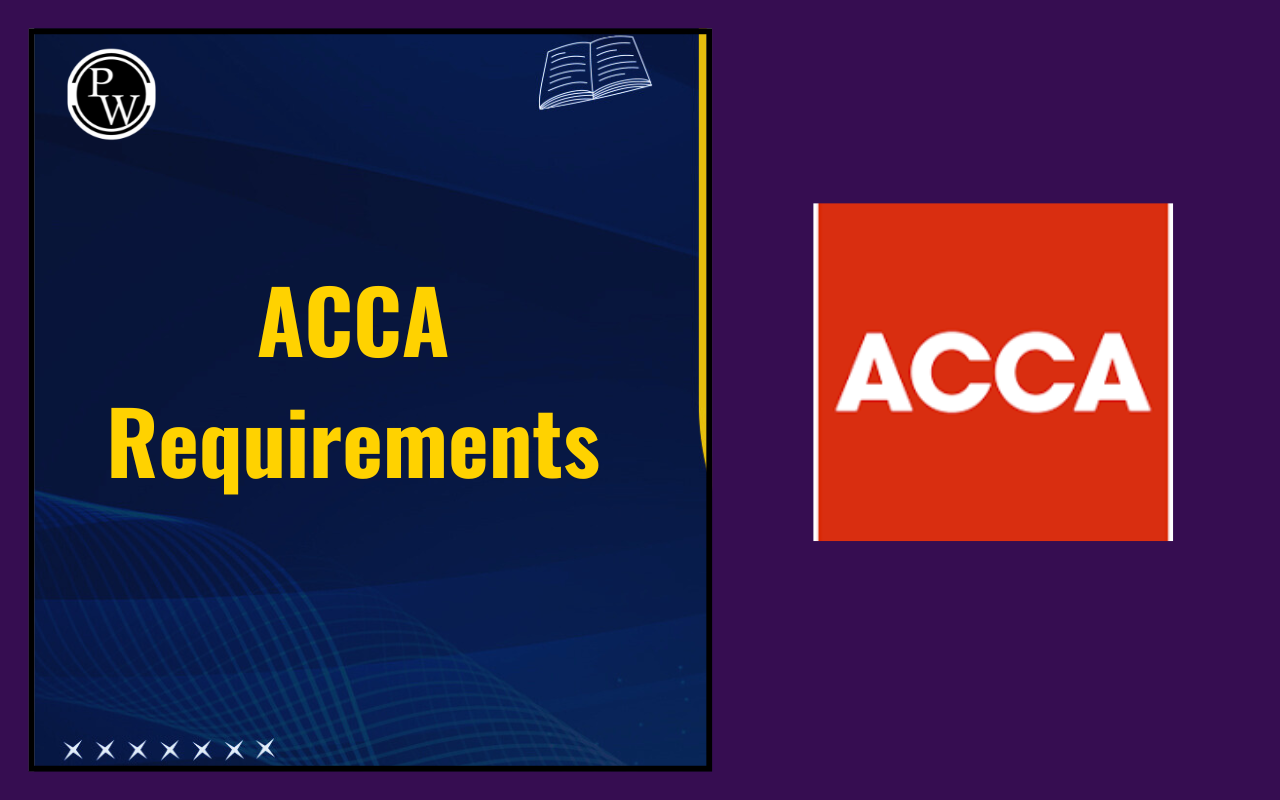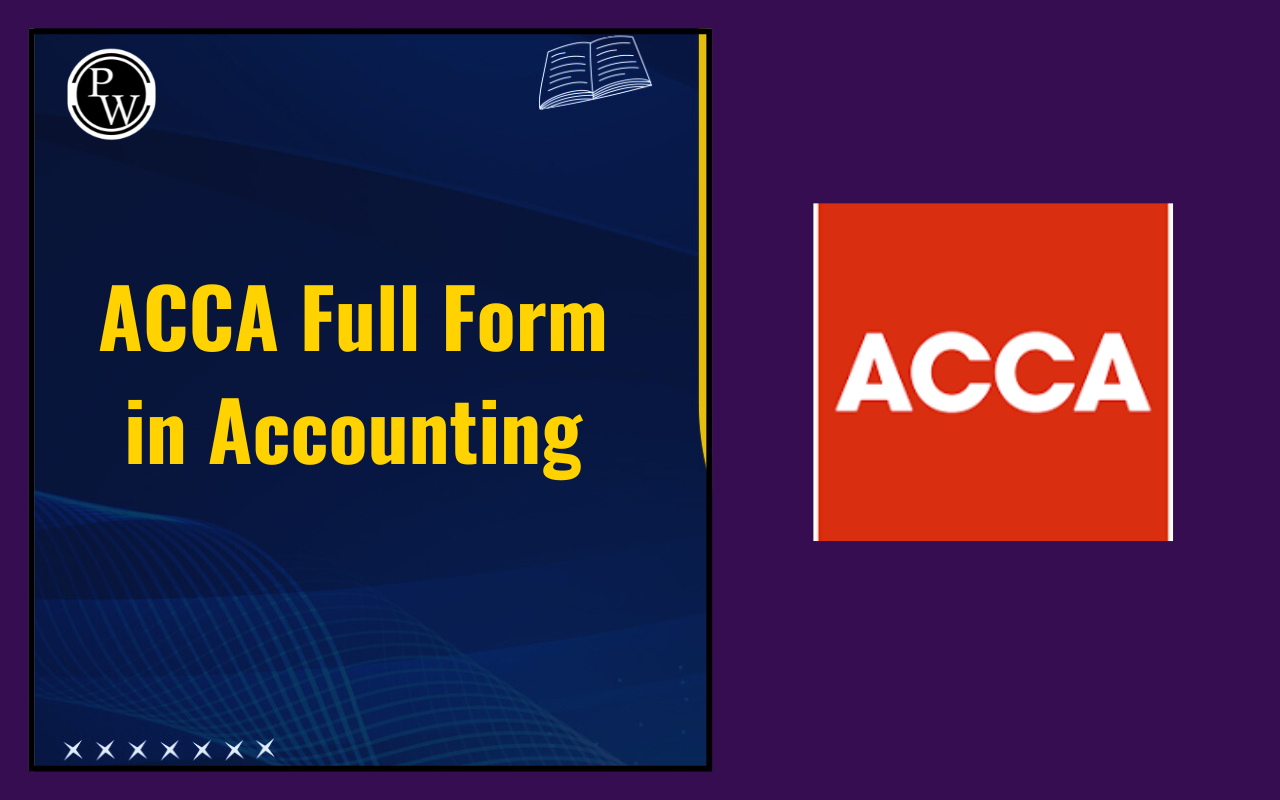
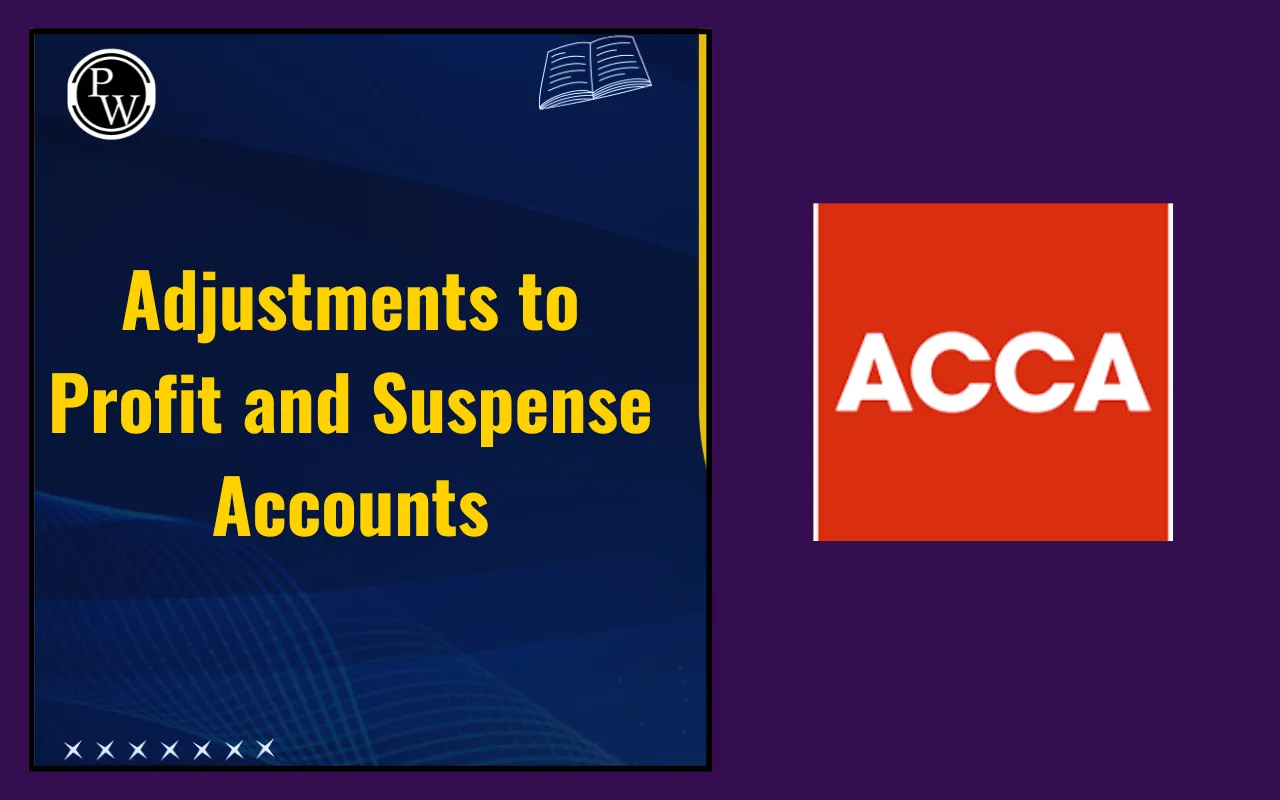
Profit and Loss Suspense Account: In accounting, accuracy is very important. Every transaction must be recorded correctly in the books. But sometimes, mistakes happen. These mistakes may occur while posting entries, recording amounts, or balancing accounts. To deal with such mistakes, accountants use something called a profit and loss suspense account. This account helps in keeping the records balanced until the errors are found and corrected.
Students preparing for the ACCA Financial Accounting (FA/F3) exam must understand how errors affect profit, loss, and the suspense account. Learning how adjustments are made will make the concepts clear and help in solving exam problems with confidence.
What is a Profit and Loss Suspense Account?
To understand adjustments, we must first ask: what is a profit and loss suspense account? The profit and loss suspense account's meaning is simple. It is a temporary account created when the trial balance does not tally. In other words, when debit and credit totals do not match, the difference is put into this account.
The profit and loss suspense account acts like a placeholder. It is not a permanent account. Once the error is found, the wrong entry is corrected, and the suspense account is closed. In this way, it keeps the accounts balanced until proper rectification is done.
In exams like ACCA FA/F3, students must clearly explain what is profit and loss suspense account is and understand its role in solving accounting errors. Knowing the profit and loss suspense account meaning makes it easier to handle tricky questions.
Why was the Suspense Account Created?
Suspense accounts, including those linked with profit and loss, usually arise because of mistakes in recording or posting. Below, we’ve mentioned the common reasons:
| Why was the Suspense Account Created | ||
| Reason for Suspense Account | Explanation | Example |
| Single-sided entries | Only debit or credit is recorded, not both sides of the transaction. | Recording only debit for rent paid, forgetting to credit cash. |
| Unequal debit and credit amounts | Amounts entered on the debit and credit sides do not match. | Debit ₹5,000 entered, but only ₹500 credited. |
| Errors of omission | The entire transaction is missing from the books. | Sales of ₹20,000 were not recorded at all. |
| Misposting | Recording in the wrong type of account (expense vs. revenue, asset vs. liability). | Loan interest paid wrongly debited to Loan A/c instead of Interest Expense A/c. |
| Reversal of entries | Debit is entered as credit, or credit as debit. | Cash received from the debtor was wrongly credited to Cash instead of being debited from Cash. |
Adjustment to Profit and Loss Through Suspense Account
Adjustments involving the profit and loss suspense account depend on the nature of the error and the accounts impacted. Below, we’ve mentioned the three key scenarios:
| Adjustment to Profit and Loss Through Suspense Account | |||
| Type of Error | Accounts Involved | Impact on Profit | Example |
| Errors Affecting Only Balance Sheet Accounts | Assets and Liabilities | No impact on profit (adjustment remains within the balance sheet) | Machinery purchase recorded under creditors instead of machinery. |
| Errors Affecting Only Profit and Loss Accounts | Revenues and Expenses | No impact on net profit (though classification is wrong, the total effect on profit is the same) | Salaries expense of ₹2,000 recorded as Rent expense. |
| Errors Affecting Both P&L and Balance Sheet Accounts | One side in Profit and Loss, the other side in Balance Sheet | Profit is impacted (rectification increases or decreases profit) | Loan interest of ₹5,000 paid debited to Loan A/c instead of Interest Expense A/c. |
Profit and Loss Suspense Account Adjustments Example
Below, we’ve mentioned some examples of profit and loss suspense account adjustments:
Example 1: Rent Received Recorded Wrongly
Suppose the rent received of ₹10,000 is credited to cash, but it is not recorded as income. So now the trial balance will not tally, and the difference will go to the suspense account.
-
Incorrect entry: Cash A/c Dr 10,000; Suspense A/c Cr 10,000
-
Correct adjustment: Suspense A/c Dr 10,000; Rent Income A/c Cr 10,000
Example 2: Loan Interest Misposted
Loan interest of ₹5,000 paid in cash is debited to the loan account instead of interest expense. This reduces liabilities incorrectly but ignores the expense.
-
Wrong entry: Interest not shown in P&L, so profit overstated.
-
Rectification: Loan A/c Dr 5,000; Interest Expense A/c Cr 5,000
Example 3: Error of Omission
If a sales transaction of ₹20,000 was omitted entirely, the suspense account will carry the imbalance until corrected.
-
Correction: Debtors A/c Dr 20,000; Sales A/c Cr 20,000
This increases income, thereby increasing profit.
Importance in ACCA FA/F3 Exam Preparation
Below, we’ve mentioned the importance of ACCA FA/F3 Exam Preparation:
-
Basic Foundation of Accounting: The topic explains how to deal with mistakes in real accounting. It helps students understand trial balance preparation.
-
Error Identification and Correction: Students learn to identify omission, commission, principle, and reversal errors. The profit and loss suspense account becomes the link between wrong entries and correct adjustments.
-
Impact on Profit: The concept shows how errors can affect reported profit. Students learn how adjustments ensure accuracy in financial statements.
-
Practical Relevance: The idea of the profit and loss suspense account is not limited to exams. It is used in real businesses to handle temporary mismatches.
-
Confidence in Solving Questions: Knowing what is profit and loss suspense account is gives clarity. Students feel more confident in handling rectification-based problems.
-
Clear Understanding of Trial Balance: A Trial balance is the basis of financial accounting. By practicing suspense account adjustments, students master balancing debit and credit.
The profit and loss suspense account plays an important role in maintaining accuracy in accounting. It is a temporary account created to hold differences when the trial balance does not tally. Once errors are found, corrections are passed, and the account is closed.
By learning what is profit and loss suspense account is and the profit and loss suspense account meaning, students gain both theoretical and practical knowledge. Adjustments made through this account show how profit can be affected, unchanged, or balanced, depending on the type of error.
For ACCA FA/F3 preparation, understanding adjustments to profit and suspense accounts builds strong fundamentals. It ensures that students can handle exam problems with confidence and also apply these skills in real-life accounting.
Profit and Loss Suspense Account FAQs
What is a profit and loss suspense account in simple words?
Why do accountants use a profit and loss suspense account?
Does the profit and loss suspense account affect profit?

